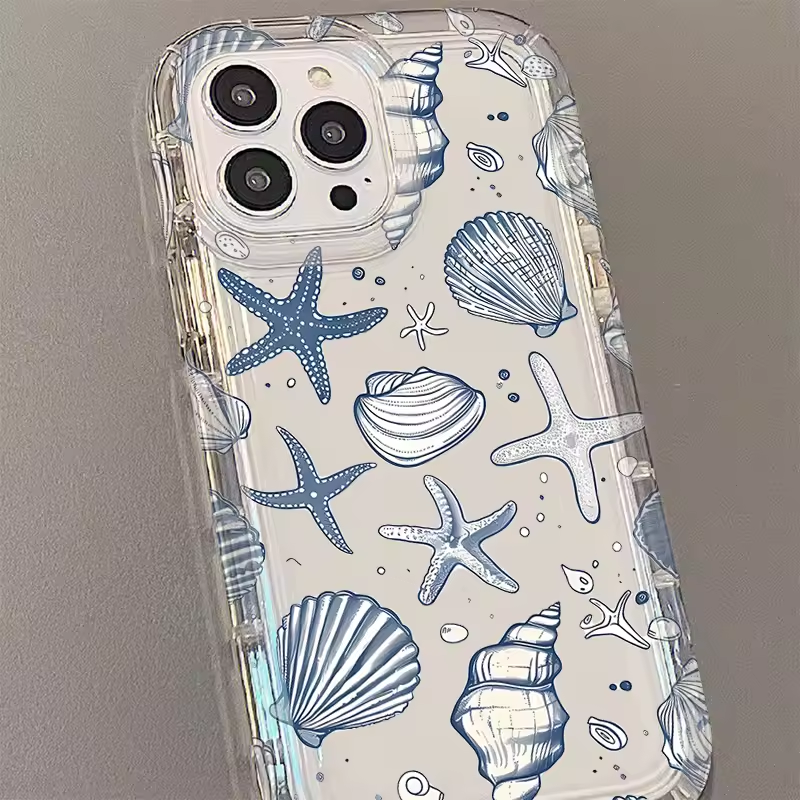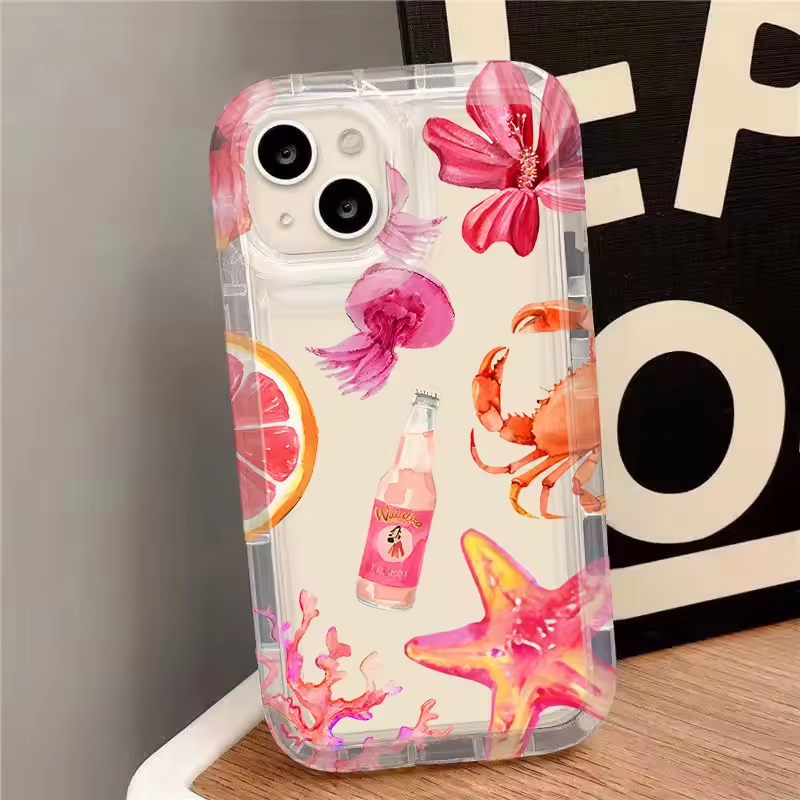Introduction to Silicone Phone Cases: Why They’re a Modern Essential
Silicone phone cases have become indispensable for modern smartphone users, offering a unique blend of practicality and style. Unlike rigid plastics or fragile leather, their flexible material absorbs shocks, making them ideal for clumsy users or active lifestyles. Key advantages include:
- Impact Resistance: Soft yet durable, shielding devices from drops and bumps.
- Waterproofing: Safeguards against spills, rain, or accidental dips.
- Comfort: Non-slip texture improves grip, reducing accidental drops.
Available in minimalist matte finishes or bold funny phone case designs, they cater to every personality. Eco-conscious users appreciate their recyclable options, while parents and adventurers value their child-safe, non-toxic composition.
A silicone phone case isn’t just protection—it’s a stylish, reliable companion for today’s tech-driven world.
Material Breakdown: What Makes Silicone Superior
Silicone phone cases outperform alternatives due to the unique properties of their material. Here’s why silicone stands out:
1. Shock Absorption
- Elasticity: Silicone’s flexibility disperses impact energy, absorbing drops of up to 1.5 meters (tested by MIL-STD-810H).
- Non-Newtonian Fluid Behavior: Hardens on impact then softens, protecting screens and frames.
2. Environmental Resilience
- Temperature Stability: Functions between -50°C to 300°C, resisting cracking in extreme climates.
- Waterproofing: Seamless seals prevent moisture ingress, ideal for beach or gym use.
3. Health and Safety
- Antimicrobial: Reduces bacterial growth, crucial for frequent touchpoints.
- Non-Toxic: FDA-approved materials safe for children or allergy-prone users.
4. Sustainability
- Recyclable: Brands like EcoCase use post-consumer silicone.
- Longevity: Outlasts plastic cases by resisting wear, reducing e-waste.
Why It Beats Alternatives
Plastic yellows over time; leather perishes in humidity. Silicone phone cases combine durability, adaptability, and eco-friendliness—making them the top choice for modern users.
Key Features of a Quality Silicone Phone Case
A premium silicone phone case delivers both protection and convenience through these critical features:
1. Raised Edges for Screen Protection
- Impact Buffer: Elevated corners and edges shield the display from scratches when placing the phone face-down.
- Tested Standards: Look for MIL-STD-810H certification for military-grade drop resistance.
2. Seamless Port Access
- Precision Cutouts: Aligned ports ensure easy charging and button use without obstruction.
- Wireless Charging Compatibility: Non-metallic designs avoid interference with Qi-enabled devices.
3. Customizable Thickness
- Slim Fit: Ideal for minimalist users (0.5–1mm).
- Rugged Options: Thicker cases (5–8mm) for extreme durability.
4. Texture and Grip
- Non-Slip Surface: Micro-textured patterns reduce accidental drops.
- Comfort: Softer silicone feels natural in hand, unlike stiff plastics.
5. Design Flexibility
- Pattern Variety: From matte finishes to bold funny phone case prints.
- Color Options: Fade-resistant dyes withstand UV exposure.
6. Environmental Adaptability
- Water Resistance: Resists sweat, rain, or spills.
- Temperature Stability: Functions in -20°C to 60°C without cracking.

Choosing Wisely
Opt for brands like Spigen Tough Armor for rugged needs or Caseology for style-conscious users. Always verify model-specific fit to avoid slippage or gaps.
Choosing the Right Case: Fit and Compatibility
Selecting the perfect silicone phone case hinges on ensuring it matches your device’s specifications:
1. Model-Specific Design
- Exact Dimensions: Check manufacturer labels (e.g., iPhone 15: 146.7mm × 71.5mm × 7.7mm).
- Brand Recommendations: Brands like Spigen offer model-based cases (e.g., Samsung Galaxy S24 Ultra).
2. Wireless Charging Compatibility
- Material Matters: Ensure non-metallic components avoid interference.
- Test First: Place the case on a Qi charger—device should heat up slightly, indicating proper contact.
3. Port and Button Accessibility
- Precision Cutouts: Ports (USB-C, Lightning) must align perfectly for plug insertion.
- Button Reach: Check tactile responsiveness without excessive force.
4. Thickness and Weight Balance
- Slim Fit: Adds minimal bulk for daily use.
- Rugged Options: Prioritize if you need extra shock absorption.
5. Compatibility Checks
- Third-Party Tools: Use apps like CaseFit to scan device dimensions.
- Customer Reviews: Look for phrases like “snug fit” or “no slippage.”
Common Mistakes to Avoid
- One-Size-Fits-All Myths: Universal cases often slip or expose edges.
- Overlooking Wireless Needs: Metal accents in some cases block charging.
A well-fitted silicone phone case enhances usability without compromising features—invest time in research for lasting satisfaction.
Design Trends: From Minimalist to funny phone case Styles
Silicone phone cases now span a spectrum of design aesthetics, catering to every personality:
1. Minimalist Trends
- Clean Lines: Matte or glossy finishes with subtle branding (e.g., Caseology’s monochrome series).
- Eco-Conscious: Transparent cases revealing device colors while being biodegradable.
2. Bold funny phone case Styles
- Pop Culture References: Memes, animals, or puns (“I’m with Stupid”).
- Customizable Humor: Brands like Casetify let users upload personal photos or quotes.
3. Nature-Inspired Designs
- Botanical Prints: Leaf patterns or gradient skies for eco-lovers.
- Earth Tones: Neutral colors with recycled silicone for sustainability.
4. Tech-Forward Innovations
- LED Glow: Cases with battery-free RGB lighting (e.g., GlowCase).
- Magnetic Attachments: Clip-on skins for quick style changes.
Choosing Your Style
- Professional Use: Opt for sleek, unobtrusive designs.
- Casual Fun: Go bold with funny phone case prints or neon colors.
These trends highlight how silicone phone cases blend protection with self-expression, making them more than just accessories.
Silicone vs. Other Materials: A Comparative Analysis
Silicone phone cases compete with various materials, each offering distinct pros and cons:
1. Silicone vs. Plastic
- Durability: Silicone resists cracks better than plastic over time.
- Weight: Plastic is lighter but prone to brittleness.
- Comfort: Silicone’s flexibility offers a better grip.
2. Silicone vs. Leather
- Water Resistance: Silicone outperforms leather in humidity.
- Aesthetics: Leather feels premium but requires maintenance.
- Durability: Silicone lasts longer without peeling.
3. Silicone vs. TPU
- Impact Resistance: Both are flexible, but silicone handles drops better.
- Thermal Stability: Silicone withstands extreme temperatures.
- Eco-Friendly: Recycled silicone is more widely available than eco-TPU.
4. Silicone vs. Rubber
- Chemical Resistance: Both block moisture, but silicone is non-toxic.
- Allergies: Rubber may cause skin irritation in sensitive users.
A silicone phone case balances practicality and longevity, making it the top choice for everyday use.
Customization Options: Personalize Your Silicone Case
Silicone phone cases offer unparalleled personalization, allowing users to reflect their personality through design and functionality:
1. Pattern and Print Customization
- Full-Color Printing: Sublimation techniques enable vibrant graphics (e.g., family photos or travel maps).
- Text and Logos: Add initials, quotes, or company logos via laser engraving.
- Texture Options: Raised patterns (e.g., faux leather or geometric designs) add tactile interest.
2. Color and Material Choices
- Solid Colors: From classic black to neon hues.
- Gradient Effects: Smooth transitions between two colors (popular for minimalist styles).
- Transparent Options: Reveal device colors while maintaining protection.
3. Functional Add-Ons
- LED Lighting: Cases like GlowCase feature battery-free RGB accents.
- Wireless Charging Boosters: Integrated coils improve charging speed.
- Anti-Slip Bumpers: Reinforced edges for extra grip.
4. DIY Kits and Services
- At-Home Kits: Brands like Casetify DIY provide templates for custom designs.
- Online Design Tools: Use platforms like CaseMates’ Custom Designer to upload images or choose templates.
Eco-Conscious Customization
- Recycled Materials: Choose cases made from ocean plastic or post-consumer silicone.
- Biodegradable Options: Brands like EcoCase offer plant-based pigments.
Tips for Success
- Preview Tools: Use 3D previews to visualize designs before ordering.
- Durability Check: Ensure custom prints won’t peel or fade over time.
From bold funny phone case graphics to subtle monograms, personalizing a silicone phone case turns a functional accessory into a reflection of your unique style.
Maintenance and Longevity: Extending Your Case’s Lifespan
Proper care ensures your silicone phone case remains functional and stylish. To maximize its lifespan, start with regular cleaning: wipe daily with a microfiber cloth to remove dust and oils, and perform weekly deep cleans by soaking in warm, soapy water. For stubborn stains or odors, apply a baking soda paste and let it sit before rinsing.
Avoid exposing the case to extreme heat, such as leaving it in a hot car, as this can cause melting or warping. Similarly, protect it from sharp objects like keys that might scratch the surface. When storing, keep it in a cool, dry place to prevent mold growth and avoid folding or compressing it for extended periods.
If discoloration occurs, soak the case in a mixture of baking soda and vinegar to restore its original color. Cracks, however, signal the need for replacement to maintain protection. With consistent care, a silicone phone case can last 1–3 years, offering reliable protection far longer than plastic alternatives.